- Email:info@tsv-valve.com

 Aug 18,2025
Aug 18,2025When it comes to selecting between a ball valve and a butterfly valve, it is essential to have a clear understanding of their characteristics and the factors that influence the choice. This article aims to provide a comprehensive guide to help you make an informed decision.
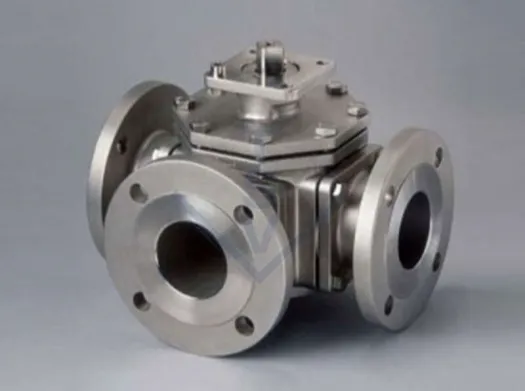
Ball Valve
A ball valve features a spherical valve core with a hole through its center. The opening and closing of the valve are achieved by rotating the sphere 90 degrees. When the hole aligns with the pipeline, the valve is fully open, allowing maximum flow. When rotated 90 degrees, the sphere blocks the pipeline, resulting in a complete shutoff.
Ball valves have a relatively simple structure, consisting of a valve body, sphere, stem, and seals. The sealing is typically achieved through soft seals (such as PTFE) or metal seals, ensuring excellent sealing performance even under low pressure.
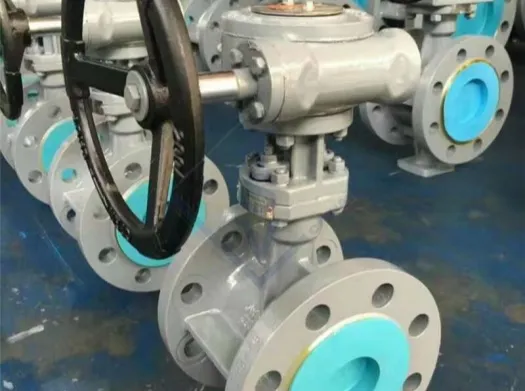
Butterfly Valve
A butterfly valve has a disc-shaped valve core that rotates around an axis perpendicular to the flow direction. The opening and closing are controlled by rotating the disc. When the disc is parallel to the flow, the valve is fully open, and when it is perpendicular, the valve is closed.
The structure of a butterfly valve includes a valve body, disc, stem, and seals. The sealing usually relies on a rubber seat that comes into contact with the disc, providing a tight seal.
| Feature | Ball Valve | Butterfly Valve |
|---|---|---|
| Design | Spherical disc with a bore | Rotating disc (wing) mounted on a shaft |
| Sealing Mechanism | Tight, bubble-tight shutoff possible | Soft or metal seat, may allow slight leakage |
| Flow Control | Excellent for on/off, limited throttling | Suitable for both on/off and throttling |
| Pressure Handling | High-pressure (up to 1000+ psi) | Moderate pressure (up to 250 psi typically) |
| Size Range | Small to medium (1/4" – 12") | Large sizes (2" – 72"+) |
| Space & Weight | Compact but heavier | Lightweight, requires less space |
| Cost | Higher initial cost | More cost-effective for large sizes |
| Maintenance | Low maintenance, durable seals | Seat and disc wear may require more upkeep |
Pressure Rating
Ball valves are capable of withstanding higher pressures. They are commonly used in high-pressure pipeline systems, with working pressures often exceeding 1000 psi. The robust structure of the sphere and the effective sealing mechanism allow them to handle the intense forces generated by high pressure.
In contrast, butterfly valves are more suitable for low to medium pressure environments. Generally, their working pressure is below 300 psi. Under high pressure, the force exerted on the disc can cause deformation, affecting the sealing performance. For example, in high-pressure steam pipelines, ball valves are the preferred choice, while butterfly valves may be used in low-pressure water supply systems.
Flow Control
When it comes to flow control, ball valves offer precise on/off control but have limited throttling capabilities. Due to the spherical shape, when partially open, the flow rate changes significantly with small rotations, making them less ideal for accurate flow adjustment.
Butterfly valves, on the other hand, provide better throttling performance. The disc's rotation allows for more gradual changes in the flow area, enabling more precise control of the flow rate. This makes them suitable for applications where flow regulation is crucial, such as in HVAC systems where the flow of water or air needs to be adjusted according to demand.
Medium Characteristics
The nature of the medium being transported is another important factor. For corrosive media, ball valves with appropriate material selections (such as stainless steel with PTFE seals) are often a better choice. The smooth surface of the sphere and the corrosion-resistant seals can withstand the attack of corrosive substances.
Butterfly valves may be more susceptible to corrosion, especially if the rubber seat comes into contact with corrosive media. However, for non-corrosive media like water, air, and some gases, butterfly valves can perform well.
Viscous media can also affect the choice. Ball valves are less likely to get clogged by viscous fluids due to their full-bore design when fully open. Butterfly valves, with the disc in the flow path, may experience more resistance and potential clogging when handling highly viscous media.
Installation Space
Butterfly valves have a compact structure and require less installation space. Their short face-to-face dimension makes them suitable for applications where space is limited, such as in tight pipeline installations or equipment with restricted access.
Ball valves, especially larger sizes, have a longer body and require more space for installation. This can be a disadvantage in situations where space is constrained.
Cost
In general, butterfly valves are more cost-effective, especially for larger diameters. Their simpler structure and lower manufacturing costs make them a budget-friendly option for many applications.
Ball valves, due to their more complex design and higher material requirements, are typically more expensive, especially for high-pressure and large-size models.
Petroleum and Chemical Industry
In the petroleum and chemical industry, where high pressure and corrosive media are common, ball valves are widely used. They can effectively control the flow of crude oil, chemicals, and gases, ensuring safe and reliable operation.
Water Treatment Systems
For water treatment systems, which often operate at low to medium pressure and require flow control, butterfly valves are frequently employed. They are used in processes such as water intake, filtration, and distribution.
HVAC Systems
In heating, ventilation, and air conditioning (HVAC) systems, butterfly valves are preferred for their ability to regulate the flow of water or air, maintaining the desired temperature and airflow.
The choice between a ball valve and a butterfly valve depends on various factors, including pressure rating, flow control requirements, medium characteristics, installation space, and cost. By carefully evaluating these factors and considering the specific application scenario, you can select the most suitable valve for your needs.
Related News
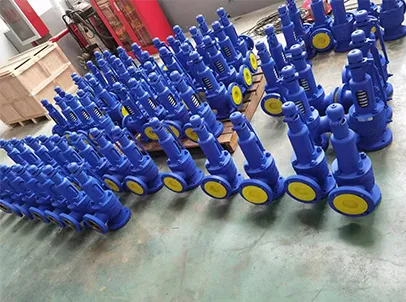
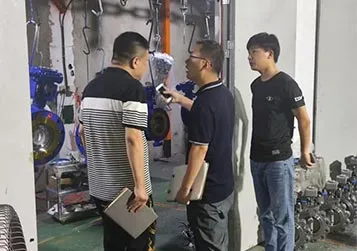
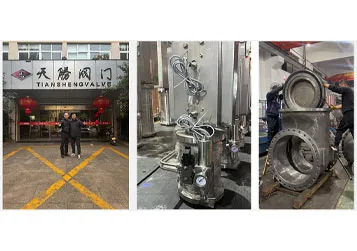

GET A QUOTE
Talk to Our Expert